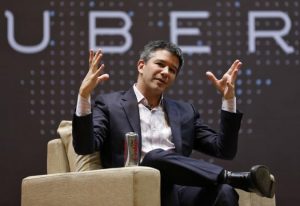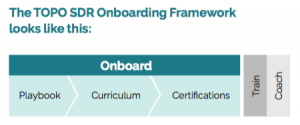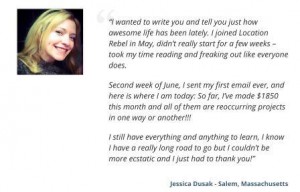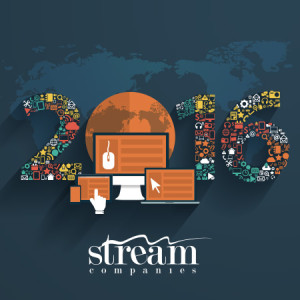We’ve all experienced the feeling. Our hopes get raised and then… splat. No payoff. No satisfaction.
I got excited when I saw the title of Adam Grant’s recent article, “The Science of Reasoning With Unreasonable People,” published in The New York Times. Could “motivational interviewing” help win over people who choose beliefs, faith, and opinions over facts? What wonderful news! We need a breakthrough when it comes to persuading people to accept the facts around a host of science-based issues including climate change and vaccine safety.
Alas, it was not to be. In one example detailed in the article, an intensive effort managed to get an anti-vaxxer from negative to, well, a tiny bit less negative. At the end of his piece, there was a tinge of resignation. Grant wrote, “All I can do is try to understand their thinking and ask if they’re open to some rethinking. The rest is up to them.”
All I can do? There has to be more, right?
It turns out that motivational interviewing might have a limited role in addressing the vaccine hesitancy of some new mothers. A study cited in the article demonstrated a seven percent (statistically significant) increase in vaccination coverage in a subset of infants. While a good outcome, the authors recognized a number of study design limitations. And in actual practice, there’s a huge amount of ground to gain.
The chasm between hard data and belief exists because facts don’t matter to a big chunk of the population. We’ve known this for years. If facts were all it took, we’d be done: People wouldn’t smoke cigarettes, abuse drugs, be racist, or refuse to wear motorcycle or bicycle helmets. If the facts don’t fit the person’s worldview or “frame,” as the cognitive linguist George Lakoff terms it, the facts bounce off like bullets shot at Superman’s chest. Your challenger deflects all the information while you get blue in the face.
So, it’s clear that information and insight by themselves don’t produce change. It’s the desire to change and seeing the value in change that drives us forward.
One desire killer is inertia. We’ve heard the excuse: “That’s the way we’ve always done things.” There may be no consequences: “Who’s going to notice, who’s going to care?” We may feel powerless: “I don’t have the resources, I don’t have the access.”
A second drag on change is simple ignorance and, on this issue, I’m having déjà vu. I wrote about “Swine Flu’s Teachable Moment” nearly a dozen years ago: “It was disturbing to read about a growing public health threat in “Vaccine Refusal, Mandatory Immunization, and the Risks of Vaccine-Preventable Diseases” in this week’s New England Journal of Medicine (Omer et al.). The bottom line is that there is a critical need for new education and policy efforts to protect children (sometimes from their own parents) and the general public.”
Dr. Marijn Dekkers, former CEO of Bayer and former Chairman of Unilever, pointed out at financial conference several years back, “Even the most outstanding ideas and scientific breakthroughs have no chance if people do not accept, appreciate and support them. All too often, people are afraid of – or uneasy about – new ideas, inventions, processes or products.” Dropping information – even crucial or compelling data – onto the heads of an unprepared public, or expecting a response to another “call to action,” is unproductive and unrealistic.
We’re in this situation partly because our science literacy is abysmal. The United States ranks 18th out of 78 countries, according to the most recent analysis by the National Center for Education Statistics. China, Estonia, Japan, Korea, Canada, Poland, Slovenia, UK, Netherlands, and Germany are among those ahead of us.
And it’s an even bigger issue than the public health or economic competitiveness. Poor science literacy can eat at the core of our democracy. Professor Jon D. Miller (now at the University of Michigan) told The New York Times in 2005 that “…people’s inability to understand basic scientific concepts undermines their ability to take part in the democratic process.” He continued that for so many issues affecting society, “if you don’t know a little science [it’s] hard to follow these debates. A lot of journalism [will] not make sense to you.”
It’s not a problem that can be addressed by a one-year budget cycle or even a five or ten-year plan. It will take a generational blueprint that needs to be comprehensive, coordinated, and well capitalized in order to see a return on the investment. Let’s get started.
Business & Finance Articles on Business 2 Community
(17)
Report Post







